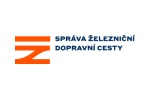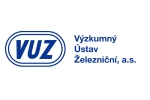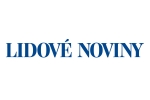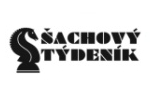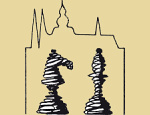
sights of Ostrava
Chess Train 2018
Ostrava is an university city in the north-east of the Czech Republic, in the Moravian-Silesian Region. It is 15 km from the border with Poland. In terms of both population (300 000 inhabitants) and area Ostrava is the third largest city in the Czech Republic. Ostrava grew to prominence thanks to its position at the heart of a major coalfield, becoming an important industrial centre. It used to be nicknamed the country’s "steel heart" thanks to its status as a coal-mining and metallurgical centre, but since the Velvet Revolution (the fall of communism in 1989) it has undergone radical and far-reaching changes to its economic base. Industries have been thoroughly restructured, and the last coal was mined in the city in 1994. However, the city's industrial past lives on in the Lower Vítkovice area, a former coal-mining, coke production and ironworks complex in the city centre boasting a unique collection of historic industrial architecture. Lower Vítkovice has applied for inclusion in the UNESCO World Heritage List.
Since the 1990s Ostrava has been transformed into a modern cultural city, with numerous theatres, galleries and other cultural facilities. It hosts a wide range of cultural and sporting events throughout the year. Among the best known are the Colours of Ostrava multi-genre music festival, the Janáček May classical music festival, the Summer Shakespeare Festival and NATO Days. Ostrava is home to two public universities: the VŠB-Technical Universityand the University of Ostrava. In 2014 Ostrava was a European City of Sport. The city co-hosted (with Prague) the IIHF Ice Hockey World Championship in 2004 and 2015.
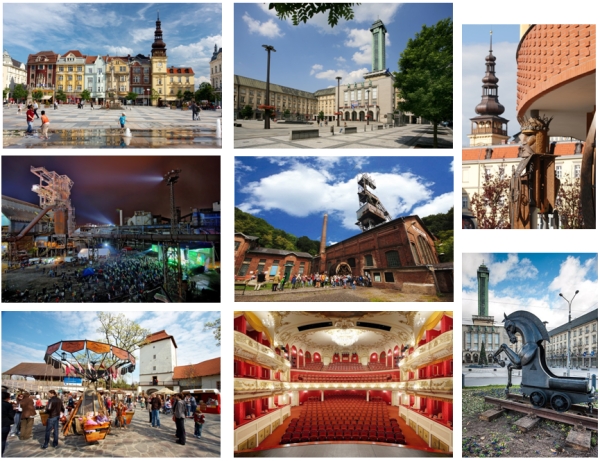
Tourist attractions
Ostrava’s New City Hall (Nová radnice) has the tallest tower of any city hall in the Czech Republic, giving visitors a panoramic bird’s eye view of the city from the viewing platform 73 metres above the ground. Guides point out local landmarks and tell visitors about the city’s past and present. Tours are every 30 minutes.
Comenius Gardens (Komenského sady) is a park named after the great Renaissance-era Czech writer and educator Jan Amos Comenius. This is an oasis of calm in the heart of the city – with yoga sessions, joggers, picnickers, and a statue honouring the Soviet soldiers who liberated Ostrava in 1945. This is a place to stroll along the riverbank and then pause for a coffee at the riverside café before seeing more of Ostrava’s sights.
The Miniuni World of Miniatures is a unique attraction at the Black Meadow (Černá Louka) exhibition grounds, including miniature versions of some of the world’s most famous buildings. It includes models of the Pyramids, Eiffel Tower, and Big Ben.
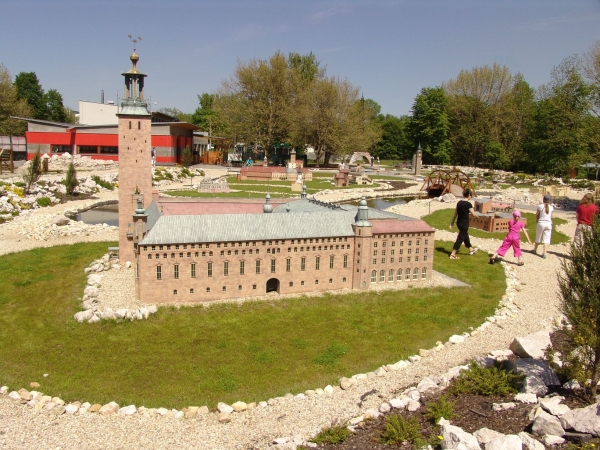
The fairytale clock at Ostrava’s Puppet Theatre features figurines which perform a show at two-hour intervals from 8 a.m. to 8 p.m. The performance lasts two minutes. It depicts a battle between Kasper the clown and the Grim Reaper, and it also features four other characters – an angel, a king, a queen, and a devil. The best time to see this wonderful illuminated clock is in the evening.
The Silesian Ostrava Castle once stood on higher ground, but during its long history it has sunk by 16 metres due to mine tunnels collapsing underneath it. It is not far from Ostrava’s central Masaryk Square, at the point where the Lučina and Ostravice rivers meet. The castle is a popular venue for events throughout the year – including the summer Shakespeare festival and a range of fun events for children and families.
Stodolní Street is Ostrava’s legendary entertainment district, with more than 60 bars, clubs, restaurants and cafés offering a huge range of food and drink plus music of all genres.
Masaryk Square (Masarykovo náměstí) is at the heart of Ostrava’s historical centre and has a plague column with a figure of the Virgin Mary (1702) and a Baroque statue of St Florian – the patron of firefighters. There is a series of commemorative paving stones that starts outside the Laso shopping mall. There is also the Schönhof building – nicknamed “the house with seven doors”, or the Reisz building designed by the noted Viennese architect Wunibald Deininger.
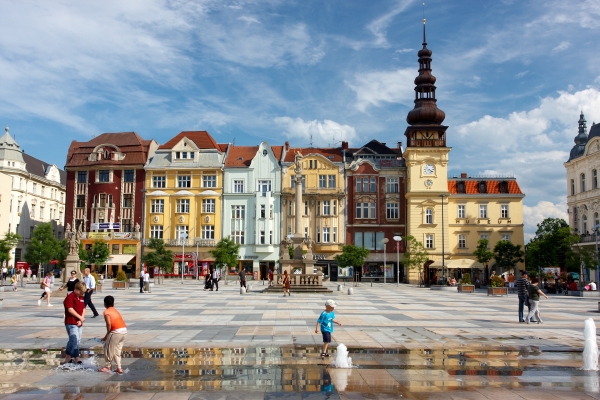
Ostrava’s zoo is the second largest zoo in the Czech Republic and home to more than 400 different species of animals. It offers modern exhibitions, new animal houses, evening tours, public feeding sessions, and cross-country skiing in winter. In 2014 a new safari park was built, and in 2015 the zoo opened a new pavilion illustrating the process of evolution.
Lower Vítkovice is a unique industrial world in the very heart of the city. It preserves an historic blast furnace and has a glass elevator to the newly built viewing platform at the top for panoramic views of Ostrava and the surrounding countryside. There are guided tours describing Vítkovice’s history from its early beginnings (when the ironworks were owned by the Rothschild family) until the present day. Visitors can go inside the blast furnace, and visit the former power station, compressor hall and coal mine. The former gas holder has been completely transformed into a multi-functional hall called the Gong. Ostrava’s new Science and Technology Centre is an interactive attraction for all the family.
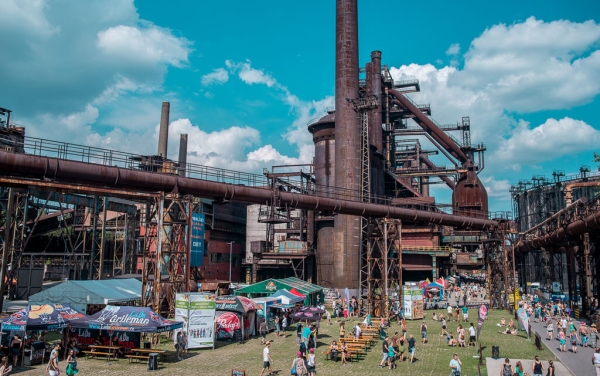
The Ostrava Science and Technology Centre is an interactive attraction where visitors can lean all about the world of technology. Highlights include simulators where visitors can drive a train, fly a plane, or try their hand at being a steelworker, an astronaut, or even Captain Nemo. It helps people of all ages understand the complex principles of science in an entertaining and accessible way. The Science and Technology Centre comprises two parts: the Small World of Technology, and the Large World of Technology (14,000 m2), where visitors can explore four different “worlds” in one building.
The Michal Colliery presents Ostrava’s history of mining at this preserved former coal mine. The guided tour leads along the same route taken by the miners when they started their shift. There is an unique chain-system changing room, bathrooms, a dispatch centre, and power station. It is not possible for visitors to go underground at Michal Colliery. They can do that at Ostrava’s other mining museum at Landek Park.
Landek Park – Mining Museum offers tours of the former Anselm coal mine with a guide who was a miner there. The tour includes a descent into a simulated mine tunnel – giving a real sense of the noise and atmosphere of a working colliery. There is also a restaurant where visitors can sample authentic miners’ specialities.
The green-marked hiking path leads to Ostrava’s Planetarium.
Ema slag-heap, on the right bank of the Ostravice River, is an artificial hill created by piling up slag, or waste material from coal mines. Its top is 315 metres (1,033 ft) above sea level. It has its own unique subtropical climate because the waste material is still burning deep beneath the surface. White smoke comes out of tcracks in the ground. Snow never settles here, and flowers grow all year round. The yellow-marked hiking path to leads to the top, which gives panoramic views of the city.
Chess
Ostrava is also a significant city on the chess map of the republic. In the last four years (2014-2017), the Czech Chess Championship has been played three times in Ostrava, and always - when he participated - won David Navara. And this year's Czech championship will play in this North Moravian metropolis - from 28 April to 6 May 2018.





